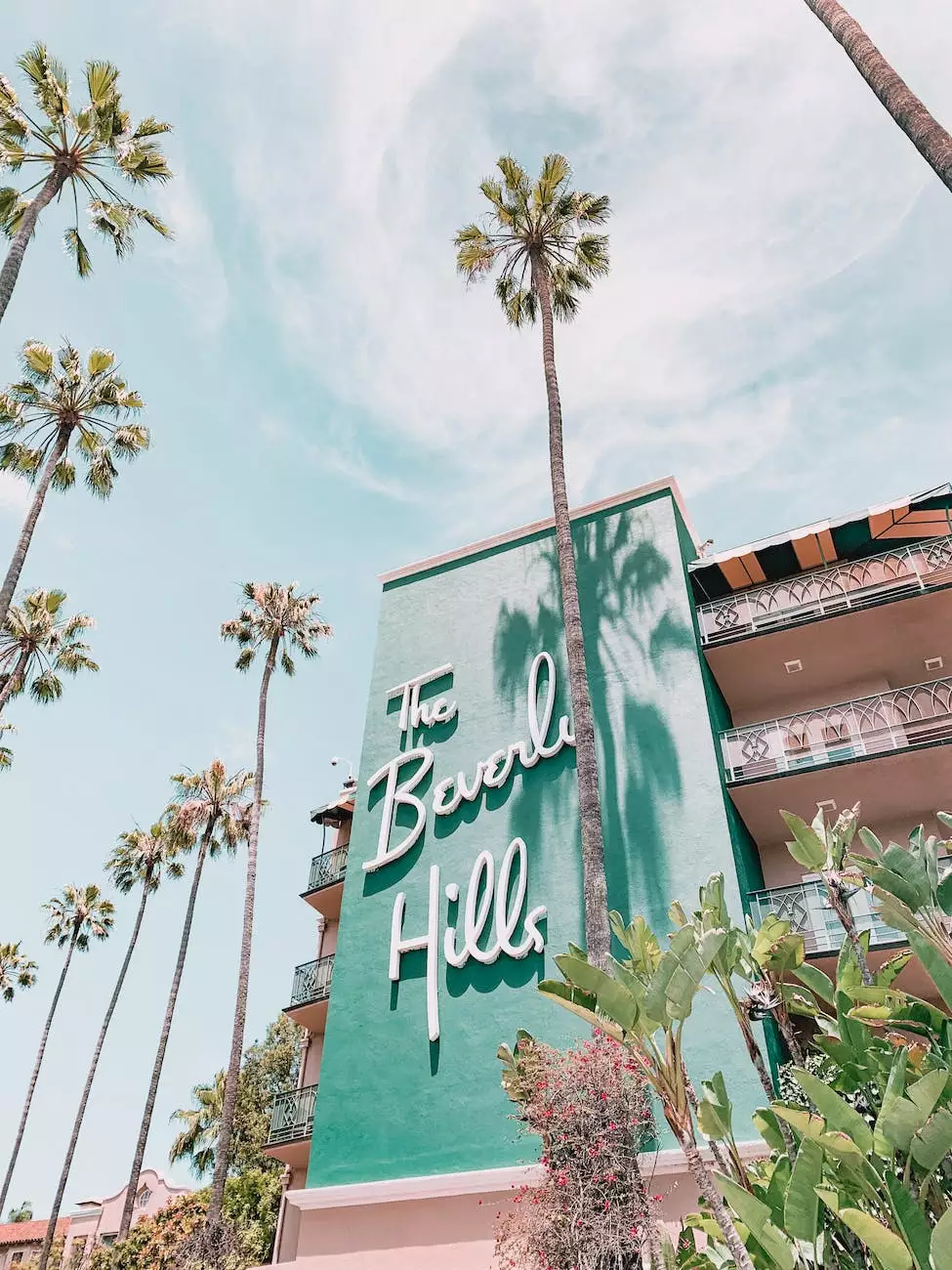How to Customize Facebook Open Graph and Twitter Card
Technology
Introduction
Welcome to the comprehensive guide on customizing Facebook Open Graph and Twitter Card meta tags for enhanced social media presence and improved click-through rates. In this article, we will delve into the intricacies of optimizing your website's content for better visibility and engagement on popular social media platforms like Facebook and Twitter.
Why Customize Facebook Open Graph and Twitter Card?
In today's digital landscape, social media platforms play a crucial role in expanding a business's online presence. Customizing Facebook Open Graph and Twitter Card meta tags allows you to control how your website's content is displayed when shared on these platforms. By customizing these meta tags, you can ensure that the correct image, title, and description appear alongside your website's URL, making it more appealing to potential visitors.
Additionally, well-optimized meta tags can significantly impact click-through rates (CTR) by providing users with a clear preview of your content. When your website's URL is shared, an eye-catching thumbnail image, a captivating title, and a concise description can entice users to click, improving your overall social media marketing efforts.
Facebook Open Graph Meta Tags
Facebook Open Graph meta tags allow you to control how your website's content is displayed when shared on Facebook. By implementing specific meta tags, you can ensure that the shared content appears in an optimized manner, attracting more clicks and engagement. Here are some important Facebook Open Graph meta tags to consider:
1. Open Graph Title
The og:title meta tag allows you to set a customized title for your shared content on Facebook. It is essential to create a compelling and keyword-rich title that accurately represents the page's content and entices users to click and explore further.
2. Open Graph Description
The og:description meta tag enables you to provide a concise and engaging description of your content when shared on Facebook. Craft a captivating description that provides value, incorporates relevant keywords, and encourages users to engage further with your website.
3. Open Graph Image
The og:image meta tag allows you to define a visually appealing and attention-grabbing image to accompany your shared content on Facebook. Choose an image that accurately represents your page and compels users to click. Ensure it meets Facebook's recommended size and resolution guidelines.
4. Open Graph Type
The og:type meta tag helps Facebook understand the content nature of your page, such as whether it's an article, website, product, or any other specified type. Specify the appropriate type to ensure accurate rendering and improved visibility on the platform.
Twitter Card Meta Tags
Twitter Card meta tags allow you to control how your website's content is displayed when shared on Twitter. Similar to Facebook Open Graph, implementing these meta tags ensures that your shared content is presented optimally, leading to increased visibility and engagement on Twitter. Consider the following Twitter Card meta tags:
1. Twitter Card Type
The twitter:card meta tag defines the type of Twitter Card you want to display when your URL is shared. Choose the appropriate card type based on the content of your page, such as summary, summary_large_image, or any other approved types.
2. Twitter Card Title
The twitter:title meta tag allows you to set a customized title for your Twitter Card. Craft an attention-grabbing title that accurately reflects your page's content while incorporating relevant keywords to enhance visibility and click-through rates.
3. Twitter Card Description
The twitter:description meta tag provides a concise description of your content within the Twitter Card. Keep it engaging, informative, and compelling to encourage users to click and explore further.
4. Twitter Card Image
The twitter:image meta tag defines the image to display alongside your Twitter Card. Choose an image that captures attention, represents your page accurately, and entices users to engage further with your content.
Optimizing Open Graph and Twitter Card for SEO
Customizing Facebook Open Graph and Twitter Card meta tags not only enhances your social media presence but also has SEO benefits. By carefully selecting keywords, optimizing titles and descriptions, and using engaging images, you can improve your website's overall search engine rankings. Here are some tips to optimize Open Graph and Twitter Card meta tags for SEO:
1. Keyword Optimization
Incorporate relevant keywords naturally within your titles, descriptions, and image alt tags to improve search engine visibility. However, avoid keyword stuffing, as it can harm your ranking.
2. Compelling Titles and Descriptions
Craft compelling and accurate titles and descriptions that entice users to click. Use action-oriented language, incorporate the main benefits, and maintain consistency with your website's content.
3. High-Quality, Relevant Images
Select high-quality, relevant images that represent your page effectively. Optimize images by reducing file size and utilizing appropriate alt tags.
Conclusion
In this comprehensive guide, we explored the importance of customizing Facebook Open Graph and Twitter Card meta tags for enhanced social media presence and improved click-through rates. By implementing the provided tips and best practices, you can optimize how your website's content appears on platforms like Facebook and Twitter, increasing its visibility and enticing users to explore further.




